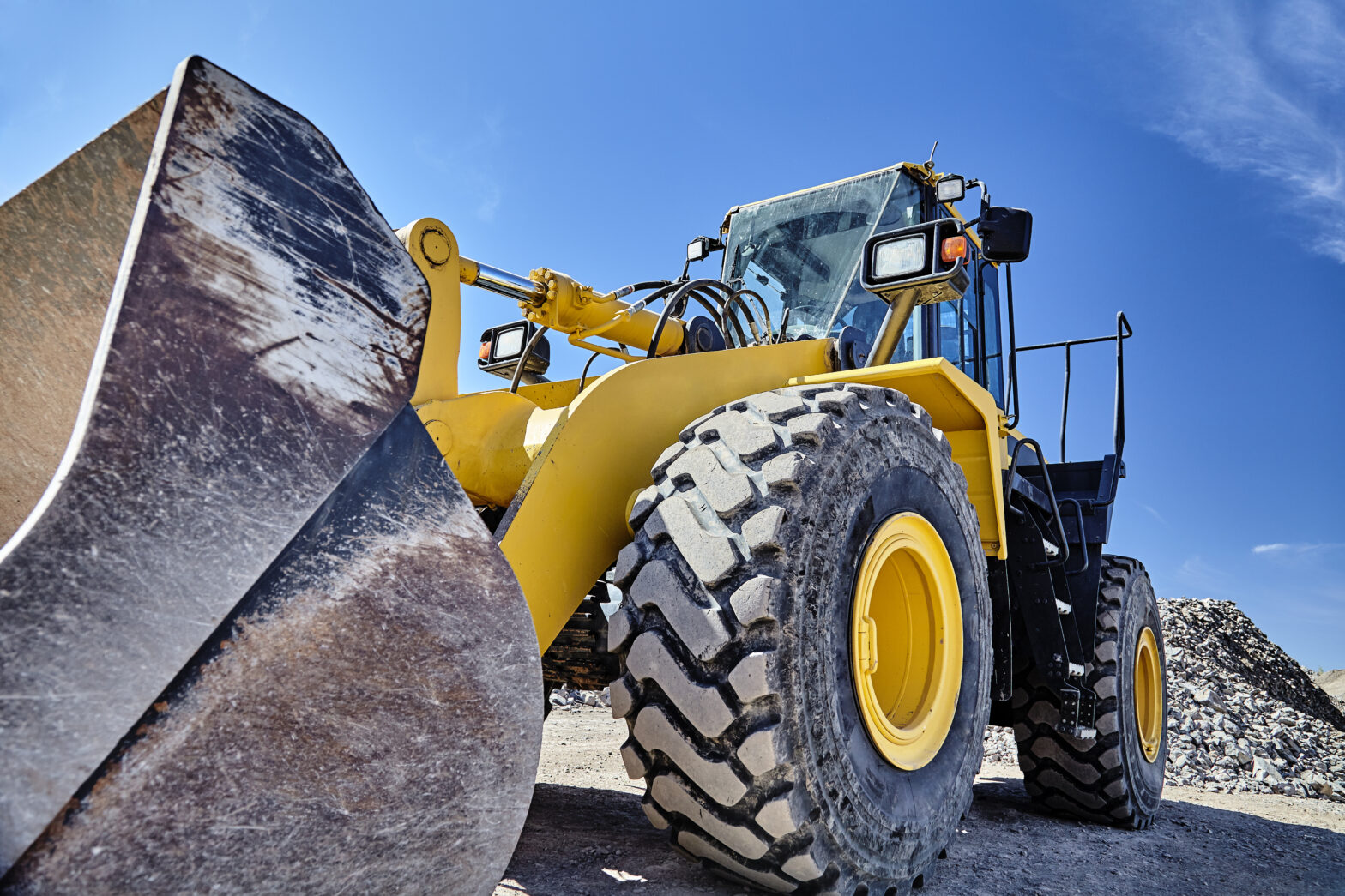Business finance is notorious for jargon that can be difficult to understand. If you’ve ever wondered what equipment leasing, hire purchase, and asset refinance mean, they all belong to the parent category known as asset finance — which is finance that centres on assets, i.e. physical items of value.
Let’s have a look at the differences between these three terms, and how they can be beneficial to businesses in particular situations.
An introduction to asset finance
Asset finance includes many different products which are centred around assets. In this context, we’re talking about things like heavy machinery, commercial vehicles, and equipment — perhaps a JCB, a CNC milling machine, or a convection oven. Whatever your industry, these are all known as ‘assets’ to the lender.
There are two sides to asset finance. One is about getting equipment for your business — adding equipment to your inventory which you can use to get the job done. The other side refers to assets you already have, which can be used as the basis for a loan to provide additional working capital for any business-related project you need to pay for. In summary, equipment leasing and hire purchase are for getting assets, whereas asset refinance is for using existing assets to get cash.
Equipment leasing
Equipment leasing is basically rentals for businesses — for a monthly fee, you rent a piece of equipment that your business needs. You’ll either give it back at the end of the contract, or you may choose to extend the lease to keep using it.
For example, if you ran a building firm that doesn’t usually do groundwork but your latest contract requires it, you might choose to lease an excavator — because although you need the equipment for this job, buying it outright doesn’t make sense for your business in the long term.
Pros and cons
In a nutshell, leasing equipment rather than buying it outright means you can use it without any of the burdens of ownership. If you lease a piece of equipment, it’s easier to upgrade it, the lender will normally take care of maintenance, and it’s a short-term commitment. Overall, leasing gives you the flexibility to adapt your equipment to your current business needs.
There are also some accounting implications. When you lease rather than purchase, the equipment isn’t on your balance sheet as an asset — it’s an operating cost, so it’s written off against gross profit.
The main downside of leasing equipment is that the longer you use it, the more it costs — you could theoretically lease a piece of equipment for years and end up paying more than the original purchase price (although you’d be unwise to do so!). And that’s where hire purchase comes in.
Hire purchase
Hire purchase takes a similar structure, but with a different destination. It’s analogous to buying consumer products like furniture or cars ‘on finance’, in that you’re purchasing the asset using monthly payments rather than a lump sum.
Normally, your monthly payments will cover the purchase price plus a fee for the lender. For example, if your asset costs £10,000, the total cost of a year-long hire purchase would be closer to £11,000 overall — and once the term is up, the item is yours forever.
For this reason, hire purchase is best used for assets that you’ll need for the long-term. Or looking at it another way, it allows you to spread the cost of an asset you would otherwise have bought outright, to leave working capital available for other things.
The upshot of this is that with hire purchase you’ll also have the same ownership experience as you would buying something outright — maintenance and depreciation costs will be up to you, and assuming you meet your monthly payments, you won’t have an ongoing relationship with the lender.
With this in mind, hire purchase looks different in your accounting too. Although you don’t pay for the whole thing at once, the asset will appear on your balance sheet at the start of the agreement — because although you don’t legally own it until all the payments are met, it’s assumed that you do unless you default on repayments.
Hire purchase vs equipment leasing
As you may have guessed, the main way to choose between different types of equipment finance is the length of time you’re likely to need the asset. If you think you’ll use the item for years to come, hire purchase is probably the best course of action. On the other hand, if you want some flexibility or your future is uncertain, a lease gives you the option to upgrade or give the equipment back if your business position changes.
Asset refinance
Compared to the first two areas we’ve covered, asset refinance is quite different. Rather than being about adding new assets to your inventory, it’s about using existing assets to get a loan. If you’ve heard of secured loans, they’re similar to asset refinancing.
Let’s imagine you own a CNC milling machine worth £6,000, and you’d like some extra working capital for an upcoming project. Through an asset refinance, you could use this value as the basis for funding.
Normally you’ll be able to secure up to 75 per cent of the asset’s value, although there are a few stipulations — the asset needs to be central to your business activities, and it should hold value well (assets that depreciate a lot may not be considered). In our example, your CNC machine might make it possible to borrow around £4,500, because the lender has reassurance that if you can’t meet the repayments, they can sell the asset to recover their costs.
It’s also worth mentioning that although using an asset may make it more likely you’ll be approved for funding, the lender will still want to see a good business making profits and paying bills on time — overall affordability is still important.
Conclusion
Hopefully I’ve cleared up any confusion you may have had about these three terms. In a nutshell, equipment leasing gives you short-term access to equipment you don’t need forever, hire purchase spreads an outright purchase cost over time, and asset refinance uses assets you own as the basis for a loan. Choosing the right one will depend on your business and your future plans.
Conrad Ford is chief executive of Funding Options, recently described by the Telegraph as “the matchmaking website for small businesses and lenders”. Funding Options has been selected by HM Treasury to help businesses find finance when they’re unsuccessful with the major banks, as part of the Bank Referral Scheme that launched in November 2016.







